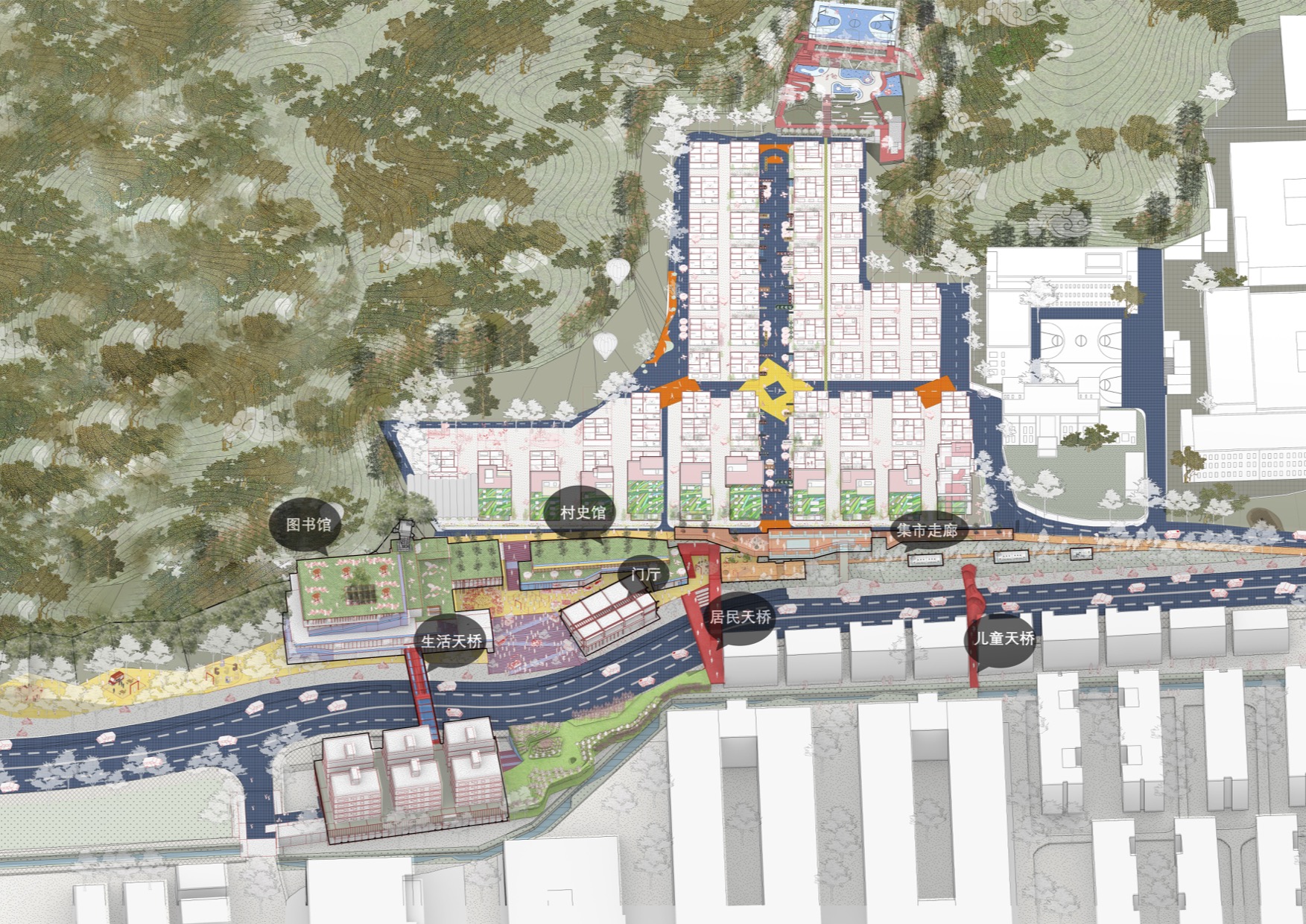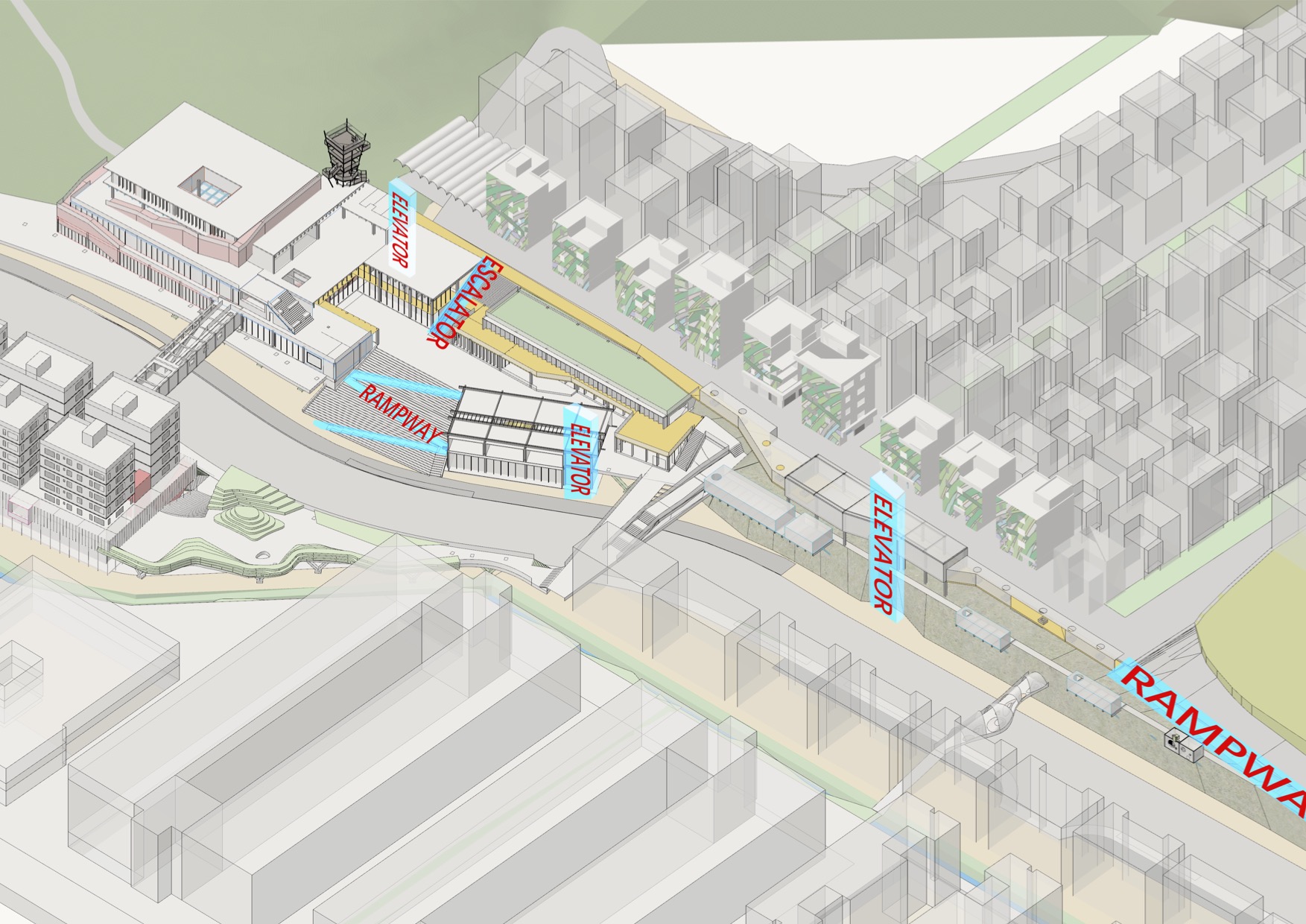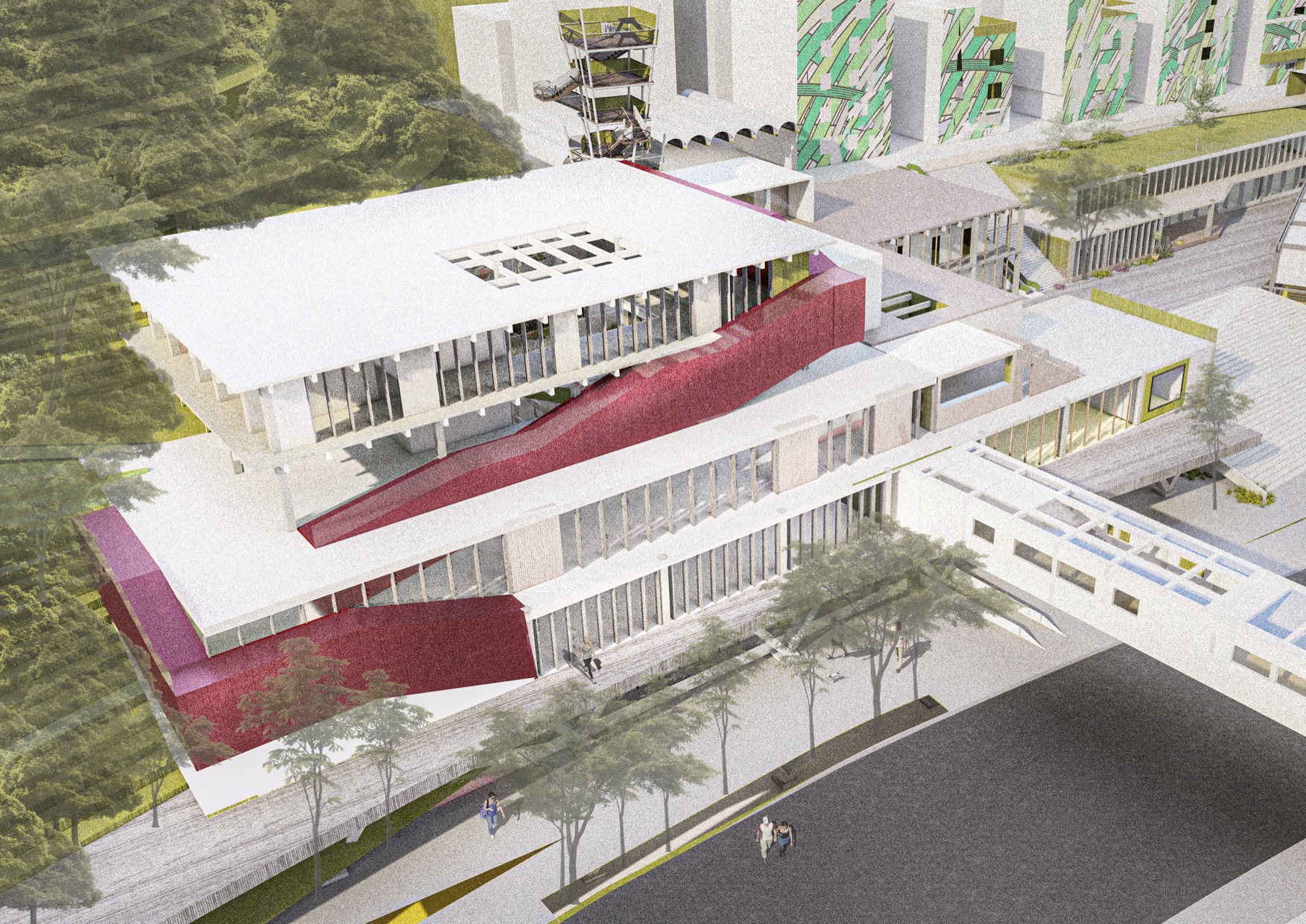⭘ Urban villages, as a special type of urban space, exhibit unique socio-cultural characteristics. The construction of urban villages in version 1.0, characterized by speed and low cost, has led to severe homogenization, inadequate infrastructure, and a strong sense of community division, which significantly impacts the quality of life and sustainability of the community. This research takes Liangmao New Village in Shenzhen as a case study to critically examine the construction model of urban villages in version 1.0 and to explore a more personalized and regionally adaptive version 2.0 of the urban village.
⭘ Through on-site research, this study identified the height difference interface of Liangmao New Village as a key factor causing community division and found that this issue is widespread among urban villages in Shenzhen. Additionally, the study unearthed the underlying causes of the formation of the height difference interface, including the dissolution of Shenzhen's second-line customs, road planning, and property rights issues, all of which are common problems faced by urban villages in Shenzhen. Balancing Individuality and Commonality: In the process of balancing individuality and commonality, this study not only focuses on the unique geographical and cultural characteristics of Liangmao New Village but also extracts universal issues and needs. Innovative design concepts and strategies are proposed to utilize the spatial characteristics of the height difference interface, using design as a means to break down community divisions, enhance infrastructure, and improve community identity.


